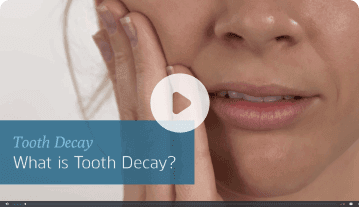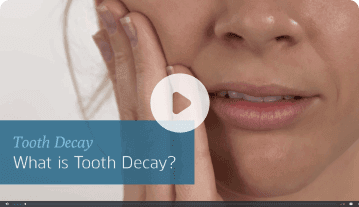Articles
Adult Orthodontic Treatment
Articles
- All (27)
- Emergence Care (1)
- Cosmetic & General Dentistry (5)
- Pediatric Dentistry (1)
- Orthodontics (4)
- Oral Health (4)
- Technology (4)
- Endodontics (2)
- Oral Surgery (3)
- Implant Dentistry (3)
- Periodontal Therapy (0)
Adult Orthodontic Treatment
It’s never too late to achieve your perfect smile, and now more than ever, adults are seeking orthodontic treatment. In fact, approximately 25% of orthodontic patients are adults.
Adult orthodontic treatment differs from child and adolescent treatment in a few ways. Since the bone development in adults is complete, orthodontic appliances cannot change jaw structure as they can in patients whose bones are still growing. If you are an adult with severe jaw misalignment, you might be a good candidate for surgery.
Periodontal disease is also important to address before orthodontic treatment. Braces and aligners rely on applying gentle pressure to teeth so that they can move through their surrounding bone. If the tissue and bones aren’t healthy, the excess pressure can result in bone loss and weakened teeth. Periodontal disease can be prevented with regular cleanings and good oral hygiene habits.
All orthodontic appliances use light, constant force to move teeth into alignment, but how we apply these forces vary. Braces and aligners vary by material used and visibility, and include:
- Traditional Metal Braces
Small, metal brackets are attached to the teeth, and a small metal wire runs through them beginning at one molar, going across all teeth, and ending at the opposite molar.
- Clear Braces
Clear braces are less visible than metal braces and are made of ceramic, plastic, or a combination of both They still have a visible metal wire and can be more susceptible to breakage.
- Clear Aligners
Unlike all other options, clear aligners are removable. They are made as a series of clear plastic trays that fit over your teeth exactly. Each aligner makes an incremental change to your smile, and you move through the series of aligners until you’ve reached your perfect smile.
- Lingual Braces
Lingual braces are metal like traditional braces, but they are attached to the back of your teeth (tongue side) so that no one can see them. The downside is that they might be more difficult to adjust to, and can be more expensive than other treatment options.
Once the braces are off, it’s crucial to wear your retainer. The retainer holds teeth in place, which in turn, supports new bone development around the newly positioned teeth. If the bone isn’t supported, teeth can revert to their old positions.
Articles
- All (27)
- Emergence Care (1)
- Cosmetic & General Dentistry (5)
- Pediatric Dentistry (1)
- Orthodontics (4)
- Oral Health (4)
- Technology (4)
- Endodontics (2)
- Oral Surgery (3)
- Implant Dentistry (3)
- Periodontal Therapy (0)
Recent Articles

Aging and Oral Health
It’s important to take good care of your teeth as you age. Elderly patients ...
20 Dec 2025

About Pediatric Dentistry
Pediatric dentistry is the study, practice, teaching, and research of oral c...
20 Dec 2025

Bone Grafting
The alveolar ridges are thickened ridges of bone on the upper and lower jaws...
20 Dec 2025

Bridges
When you lose a tooth, it affects not just the appearance, but the function ...
20 Dec 2025

Broken Teeth
Even though enamel is the hardest substance in the body, teeth aren’t indest...
20 Dec 2025
Explore Educational Videos about Dental
Educational Dental Videos for You

Options for Replacing missing teeth ?
Ensure the health of your smile with our range of general dentistry services, including exams, cleanings, and fillings.

What is Tooth Decay?
Ensure the health of your smile with our range of general dentistry services, including exams, cleanings, and fillings.
Discover

Transform your smile and improve your oral health at Park Plaza Dental in downtown Petaluma.
©Park Plaza Dental. All Rights Reserved 2025